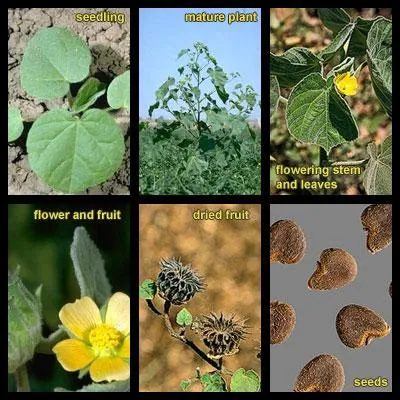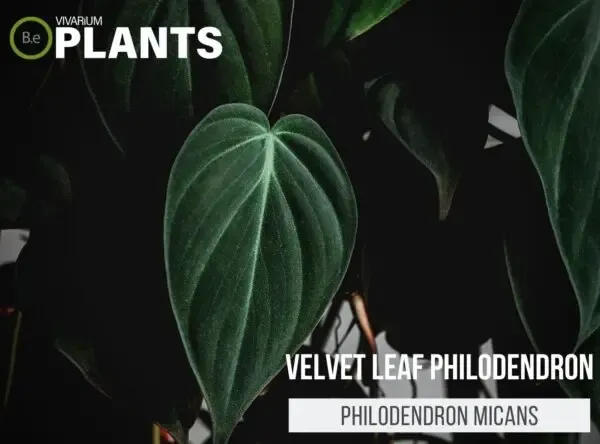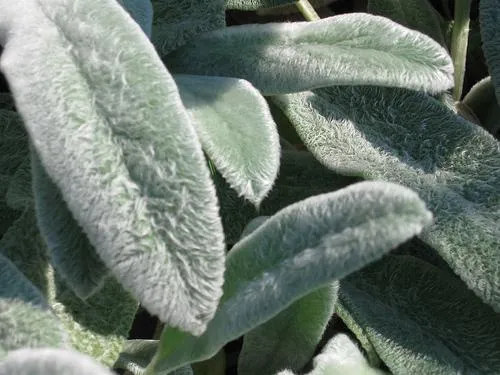An Introduction to the Soft Velvet Leaf Plant
The soft velvet leaf plant, also known by its scientific name Ctenanthe oppenheimiana, is a beautiful foliage houseplant known for its super soft leaves. In this article, I will provide an overview of this unique plant and answer common questions about growing and caring for it.
What Makes the Soft Velvet Leaf Plant Special?
The soft velvet leaf plant gets its name from the texture of its leaves – they are incredibly soft and velvety to the touch. When you run your fingers along the leaves, you’ll be amazed by just how smooth and plush they feel. It’s almost like petting a tiny green fuzzball!
Aesthetically, the leaves are dark green with a light marbled pattern. They are oval or heart-shaped and radiate out from the main stem. Overall, the plant has an elegant appearance that adds visual interest to any indoor space. From my experience, it’s sure to spark curiosity in visitors who can’t resist giving the leaves a gentle feel.

Light and Water Requirements
When it comes to care, the soft velvet leaf plant is fairly low maintenance but does have some specific needs. Light is important – it prefers medium to bright indirect light. Too much direct sun can scorch the leaves, while low light will cause them to lose their vibrant color and velvety texture. I keep mine in a east or west-facing window.
Watering should mimic its native humid environment. The soil should be kept consistently moist but not soggy. I find that watering once a week is sufficient in average home conditions. You’ll know it’s time to water when the top inch of soil is dry. Propagating new plants from stem cuttings is also quite easy with this one.
Varieties to Consider
While the classic dark green soft velvet leaf is most common, there are a few other varieties available that offer unique leaf colors and patterns:

- ‘Pearls and Jade’ – Light green leaves edged in creamy white that looks truly impressive
- ‘Marble Queen’ – Leaves splashed with contrasting shades of green and cream
- ‘Tricolor’ – A tricolored variety with streaks of green, white, and pink
All have the same plush textures but make lovely display specimens with their fancy foliage. I personally think the ‘Pearls and Jade’ is drop dead gorgeous!
Pruning for Shaping and Propagation
The soft velvet leaf plant can grow leggy over time if not pruned back periodically. In early spring after new growth emerges, I like to trim stems by 1/3 their length to promote bushier growth. The cuttings can then be propagated in water or moist soil.
This helps control the size and shape of the plant. It also allows me to spread the cheer that these darling plants bring by gifting rooted cuttings to friends and family. I think sharing plants is basically the best! Propagation is a cinch with these cuttings.

Pests and Problems
In general, the soft velvet leaf is fairly pest-free. However, like any houseplant, it can be susceptible to the occasional issue:
Spider mites may be a nuisance in dry indoor air. I find misting the leaves regularly helps keep them at bay. Mealybugs have also been known to feed on soft velvet leaf. Isolate any infested plants and treat with neem oil or insecticidal soap.
Overwatering is the main cause of yellow or droopy leaves. Be sure the soil fully drains and dries out between waterings. Under-watering will cause the leaves to lose their lush texture. Getting the moisture level just right takes some trial and error.

Final Thoughts
In conclusion, the soft velvet leaf plant is certainly worthy of its name. Its ridiculously soft leaves and beautiful variegation make it a real showstopper. Additionally, it’s not too fussy to care for as long as you meet its light and moisture needs. I thoroughly enjoy this unique foliage plant and know you will too!
If you’re looking for an eye-catching accent plant to dress up your home, I’d highly recommend considering one of the soft velvet leaf varieties. Their plush leaves never cease to amuse me and inspire wonder in anyone who crosses their paths. Hopefully the care tips provided will help you have success growing this truly special plant for years to come. Let me know if you have any other questions!
Soft Velvet Leaf Plant Care Information
| Common Name | Soft velvet leaf |
| Botanical Name | Ctenanthe setosa |
| Light Requirements | Bright, indirect light. Protect from direct sunlight. |
| Water Requirements | Keep soil moist but not wet. Allow top inch of soil to dry out between waterings. |
| Humidity | Prefers humid conditions between 40-60%. Use pebble trays or humidifier. |
| Temperature | Grows best between 65-80°F. Protect from temperatures below 60°F. |
| Fertilizer | Fertilize monthly in spring and summer with a balanced houseplant food. Reduce in fall/winter. |
FAQ
- What kind of plant is a soft velvet leaf plant? The soft velvet leaf plant is basically a tropical plant that has dark green leaves which are very soft and fuzzy.
- How big do soft velvet leaf plants get? These plants can kind of grow pretty large depending on how you take care of them. They may reach about 3 feet tall and wide if given the right conditions.
- What care do soft velvet leaf plants need? Soft velvet leaf plants need average water and well-draining soil. They love bright, indirect light but can handle lower light. Be careful not to overwater as their roots are somewhat delicate.
- Do soft velvet leaf plants need fertilizer? While they can grow without it, applying a dilute liquid fertilizer every few weeks during the spring and summer growing seasons seems to help these plants turn a deeper green color and grow a little stockier. Too much fertilizer could burn their leaves though.
- How do you propagate soft velvet leaf plants? Propagating new plants from cuttings is easy – simply remove 4-6 inch stems, strip off the lower leaves, and plant the stem in soil. Within a few weeks you’ll see new roots and growth. Before you know it you’ll have lots more soft velvet leaf plants!
- What kind of conditions do soft velvet leaf plants prefer? They apparently like humid conditions around 50-80% and soil temperatures between 65-85°F. Too dry of conditions can cause the leaves to brown at the tips. Too cold and the leaves may drop.
- Do soft velvet leaf plants have any pests or diseases? For the most part soft velvet leaf plants are pest-free. Occasionally spider mites may become a problem if the environment is too dry. Check undersides of leaves and treat with neem oil if you spot any webbing or tiny pests. Rust fungus might also appear if water sits on the leaves for too long.
- Are soft velvet leaf plants toxic to pets? While their fuzzy leaves are intriguing to curious kitties and puppies, all parts of the soft velvet leaf plant are poisonous if ingested by animals. It’s best to keep it well out of reach if you have furry friends around.
